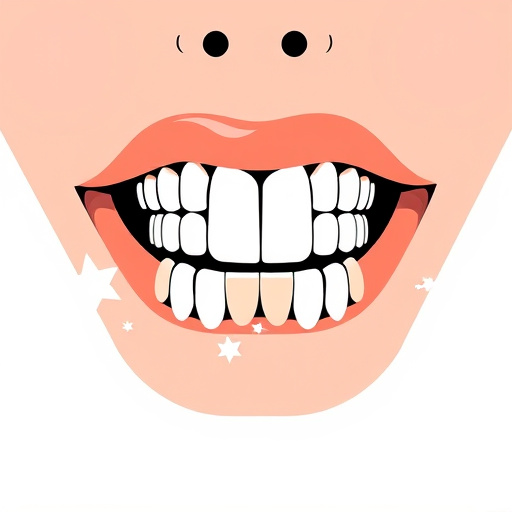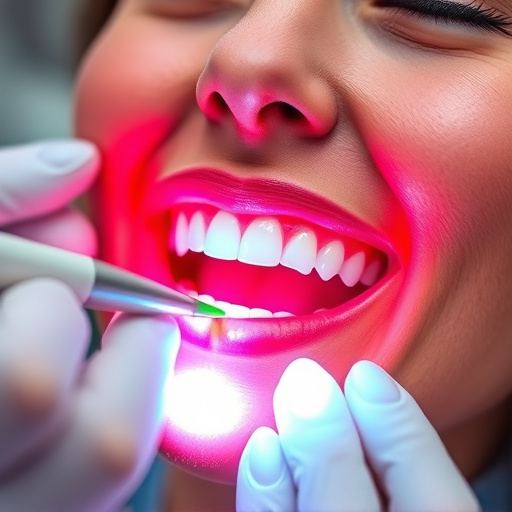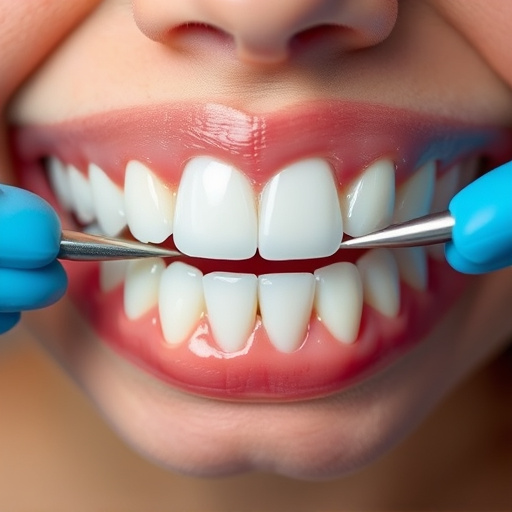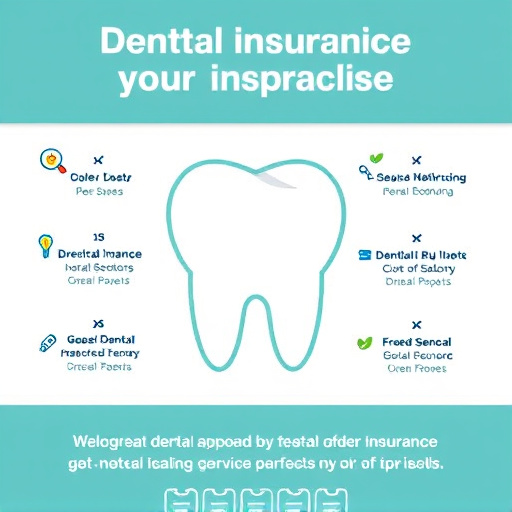Gingivitis, caused by plaque buildup, leads to gum inflammation and other issues. Deep cleaning treatment, offered by family dentistry practices, reverses gingivitis by eliminating plaque and tartar below the gumline, preventing periodontitis and improving overall oral health. This process includes scaling, root planing, and assessments using dental probes, addressing symptoms and fostering healthy gum regrowth. Consulting a dental professional is crucial for effective deep cleaning.
Gingivitis, an inflammatory condition affecting the gums, demands prompt attention. This common dental issue, characterized by red, swollen, and bleeding gums, can be effectively managed through a powerful tool: deep cleaning treatment. Understanding gingivitis and its causes is the first step towards prevention. This article delves into the significance of deep cleaning, outlining its role in treating gingivitis and providing a comprehensive guide to ensure optimal oral health.
- Understanding Gingivitis: Causes and Symptoms
- The Role of Deep Cleaning Treatment
- Step-by-Step Guide to Effective Deep Cleaning
Understanding Gingivitis: Causes and Symptoms
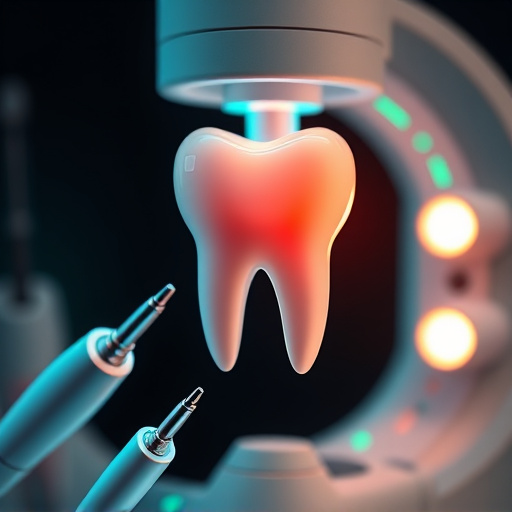
Gingivitis is a common yet concerning oral health issue characterized by inflammation of the gums. It’s essential to understand that this condition is often a precursor to periodontitis, making early detection and treatment crucial. The primary cause of gingivitis is bacterial plaque buildup along the gumline, where food particles and bacteria create an environment conducive to inflammation. This can be attributed to poor oral hygiene practices like skipping dental cleanings or not brushing properly, allowing plaque to harden into tartar, which is more difficult to remove.
Symptoms may include tender, swollen, or bleeding gums, especially when brushing or flossing. In some cases, individuals might notice a bad breath that doesn’t go away with regular mouthwashing. While gingivitis can often be reversed with proper oral care, it’s essential not to delay seeking comprehensive dental care, including deep cleaning treatments offered by family dentistry practices. Such treatments aim to remove plaque and tartar buildup, promoting gum health and preventing further complications.
The Role of Deep Cleaning Treatment
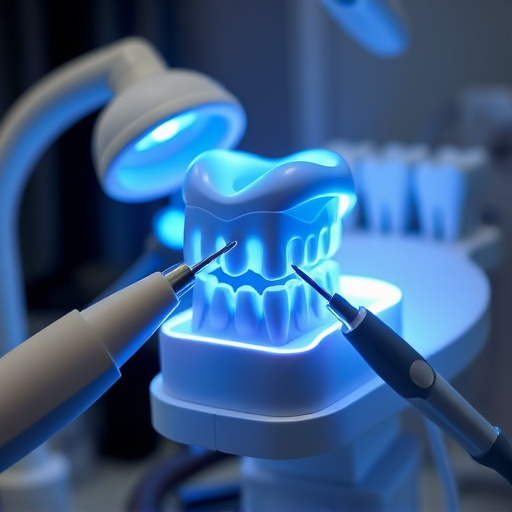
Deep cleaning treatment plays a pivotal role in managing and treating gingivitis effectively. Gingivitis is an early-stage gum disease characterized by red, swollen, and bleeding gums. The primary focus of deep cleaning is to remove plaque and tartar buildup that has accumulated below the gumline, where regular brushing and flossing may not reach. This process involves thoroughly cleaning and scaling the teeth and roots, eliminating the bacterial plaque and tartar deposits that trigger inflammation and infection in the gums.
By addressing these issues, deep cleaning treatment not only helps alleviate the symptoms of gingivitis but also prevents its progression into periodontitis, a more severe form of gum disease. This non-invasive procedure is often recommended by general dentistry professionals as part of comprehensive oral care, especially for individuals with susceptible or previously affected gums. Additionally, in cases where dental crowns or cosmetic fillings are present, deep cleaning ensures the health and longevity of these restorations by removing any plaque or tartar that might have accumulated around them.
Step-by-Step Guide to Effective Deep Cleaning
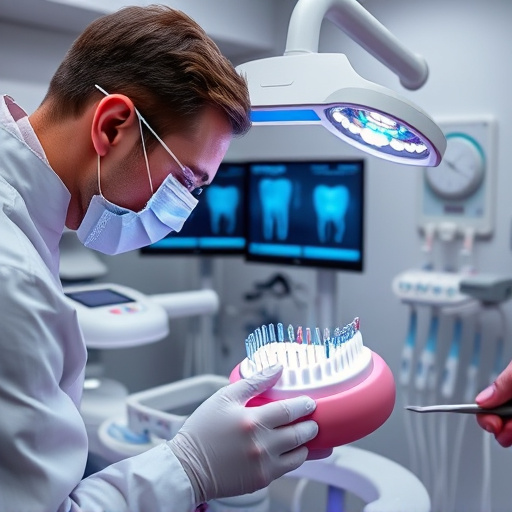
Deep cleaning treatment is a comprehensive approach designed to address gingivitis effectively. It involves several steps aimed at removing plaque and tartar buildup, which are the primary causes of this gum disease. Start by consulting your dental professional to determine the best course of action. They might recommend a combination of traditional deep cleaning techniques and modern solutions like clear aligners for more precise and comfortable treatment.
The process typically begins with an initial assessment where your dentist will use instruments like dental probes to examine the depth of gingival pockets. Next, thorough teeth cleaning is performed to remove plaque and tartar above and below the gumline. In cases of severe calculus accumulation or difficult-to-reach areas, tooth extractions might be necessary. Following this, a specialized deep cleaning treatment, such as scaling and root planing, is carried out to ensure every surface is clean and free from irritants. This step involves gently removing plaque and tartar from the roots of your teeth, promoting healthy gum tissue regrowth.
Deep cleaning treatment is not just a cosmetic procedure, but an essential tool in managing and treating gingivitis effectively. By understanding the causes and symptoms of this common dental issue, individuals can take proactive steps towards maintaining oral health. The comprehensive guide provided offers a clear pathway to deep cleaning, empowering folks to navigate their dental care with confidence. Remember, regular deep cleaning treatments are pivotal in preventing gum disease progression and ensuring a healthy, vibrant smile for years to come.







